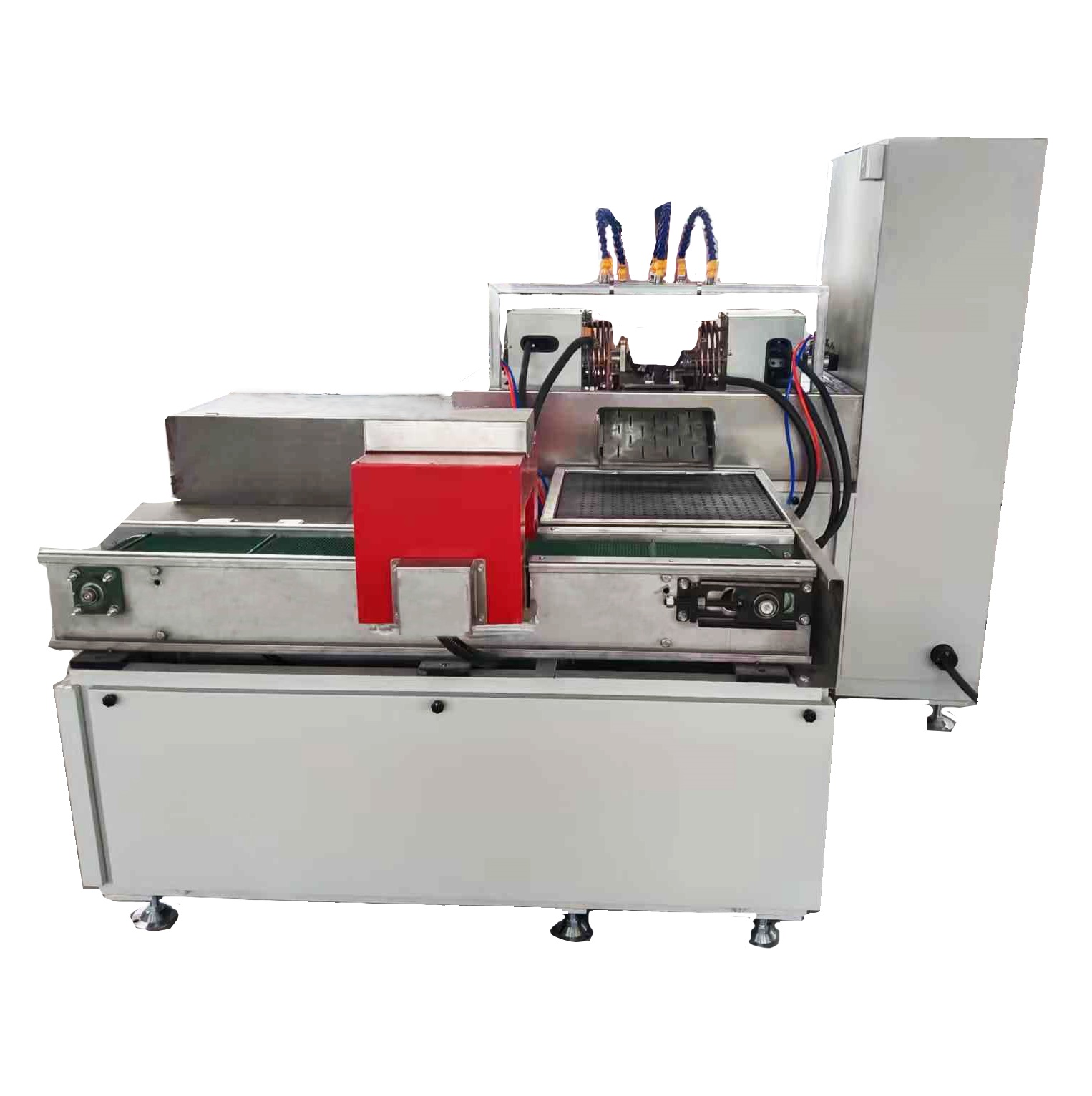
This article is about how to fix Magnetic particle inspection machines. MPI Machines are essential for non-destructive testing, detecting surface and near-surface defects in ferromagnetic materials. Equipment failures due to prolonged use or improper operation can compromise detection accuracy. This guide details common MPI machine issues, their causes, and repair strategies to ensure effective maintenance and operation.
Common Issues and Cause Analysis
1. Equipment Fails to Start or No Power Output
-
Causes:
-
Loose or disconnected power cord.
-
Blown fuse.
-
Damaged circuit board or control module.
-
-
Troubleshooting:
-
Verify power cord connection and measure socket voltage.
-
Check and replace blown fuses with identical specifications.
-
Test the main circuit board for short or open circuits using a multimeter.
-
2. Weak or No Magnetization
-
Causes:
-
Worn or broken magnetization coil.
-
Low current output from a faulty transformer or rectifier.
-
Contaminated workpiece surface hindering magnetic particle adhesion.
-
-
Troubleshooting:
-
Measure coil resistance; replace if out of range.
-
Confirm transformer and rectifier output meet required current levels.
-
Clean workpiece surfaces to remove oil, scale, or debris using suitable cleaners.
-
3. Uneven Magnetic Particle Distribution or No Indications
-
Causes:
-
Incorrect magnetic suspension concentration or substandard magnetic particles.
-
Inadequate magnetic field strength or improper magnetization method (e.g., longitudinal or circular).
-
Poor lighting conditions affecting indication visibility.
-
-
Troubleshooting:
-
Adjust magnetic suspension to 1%–2% concentration by weight.
-
Ensure magnetic particles meet standards for size and magnetism; replace if needed.
-
Select the correct magnetization method for the workpiece and adjust current.
-
Use standard-compliant UV or white light for observing indications.
-
4. Overheating or Unusual Noises
-
Causes:
-
Clogged or malfunctioning cooling fan.
-
Loose or worn mechanical components.
-
Extended high-load operation.
-
-
Troubleshooting:
-
Clean dust from cooling fan and ventilation channels.
-
Tighten loose components or replace worn parts.
-
Limit continuous operation with intermittent breaks.
-
5. UV Lamp or Fluorescent Detection Failure
-
Causes:
-
Expired or damaged UV lamp tube.
-
Insufficient power module voltage.
-
Degraded fluorescent magnetic particles.
-
-
Troubleshooting:
-
Replace UV lamps exceeding their lifespan (1000–2000 hours).
-
Verify power module output voltage matches lamp requirements.
-
Use fresh fluorescent magnetic particles with proper fluorescence.
-
Repair and Maintenance Strategies
1. Routine Maintenance
-
Cleaning: Monthly cleaning of housing, coils, and vents to prevent dust buildup.
-
Electrical Checks: Inspect power cords, terminals, and grounding for corrosion or looseness.
-
Calibration: Calibrate current and UV lamp intensity biannually per standards (e.g., ASTM E1444).
2. Operational Guidelines
-
Training: Ensure operators are trained to follow equipment procedures.
-
Magnetic Suspension: Prepare suspensions per standards to maintain detection quality.
-
Magnetization Selection: Match magnetization method to workpiece characteristics.
3. Repair Process
-
Log Issues: Document symptoms like power failure or noises.
-
Initial Checks: Inspect power, coils, and suspension based on symptoms.
-
Professional Support: Contact the supplier or technicians for complex issues.
-
Verification: Test repairs with a standard test block to confirm functionality.
Precautions
-
Safety: Disconnect power before repairs to prevent electrical hazards.
-
Original Parts: Use manufacturer-approved parts for compatibility.
-
Maintenance Records: Log all repairs and maintenance for tracking.
- Choose a trusted magnetic particle testing machine manufacturer: such as Jiangsu Nuke, which has over 20 years of manufacturing experience.
Conclusion
Effective repair of magnetic particle inspection machines involves addressing power, magnetization, particle quality, and operational issues. Regular maintenance and proper use can extend equipment life and ensure reliable performance. Consult the equipment manual and professional technicians for safe, effective repairs.


